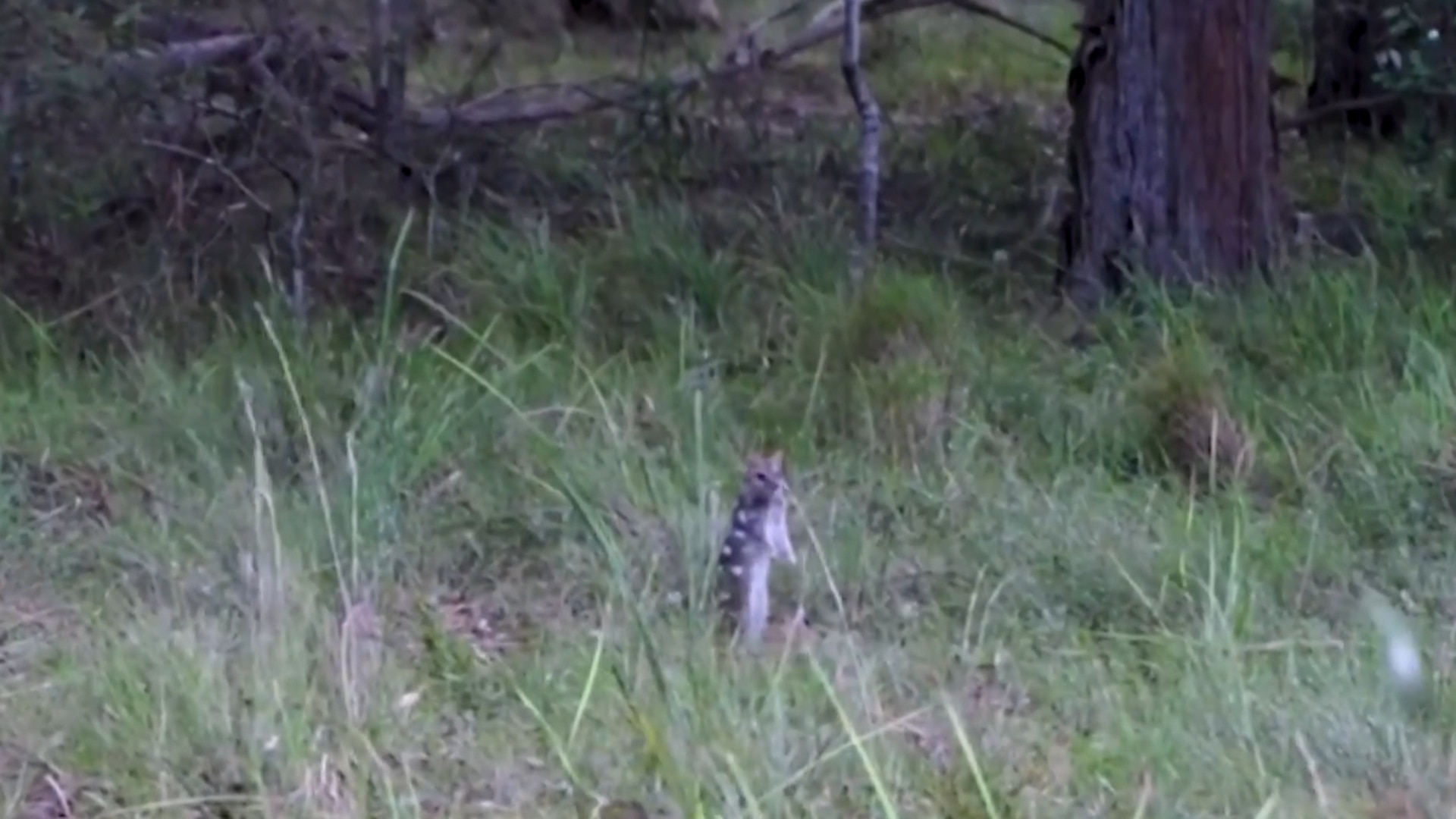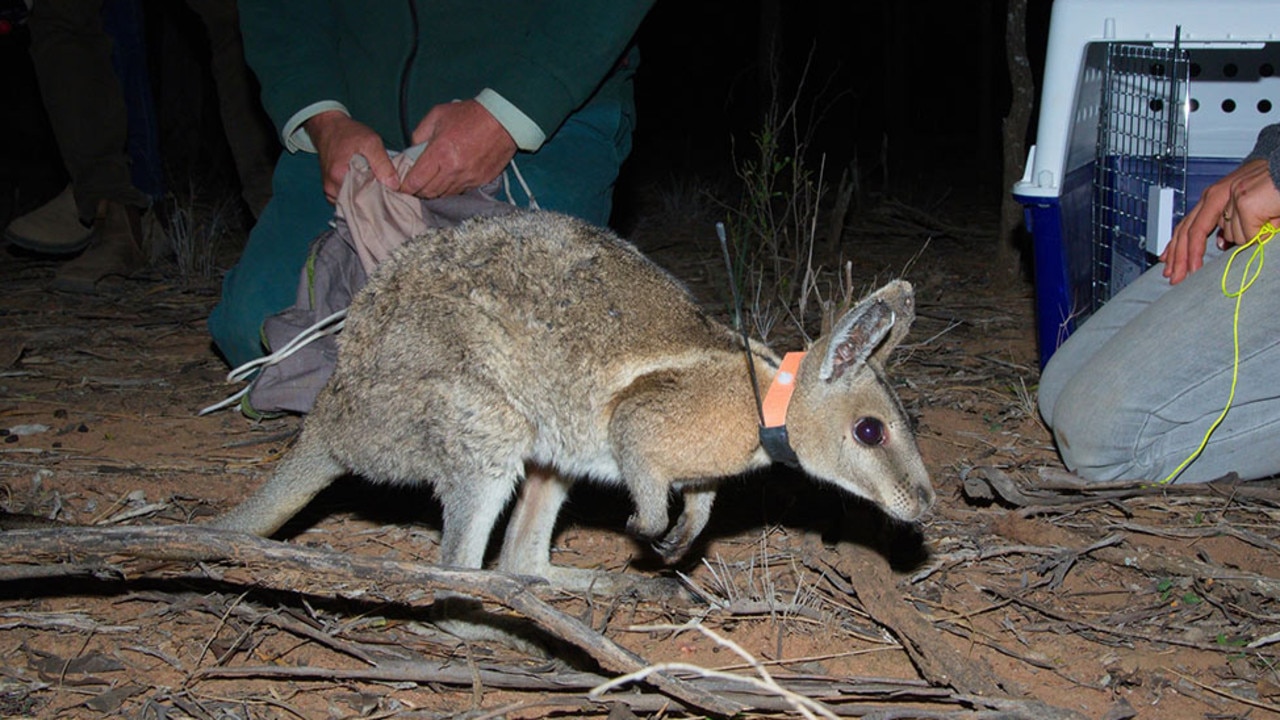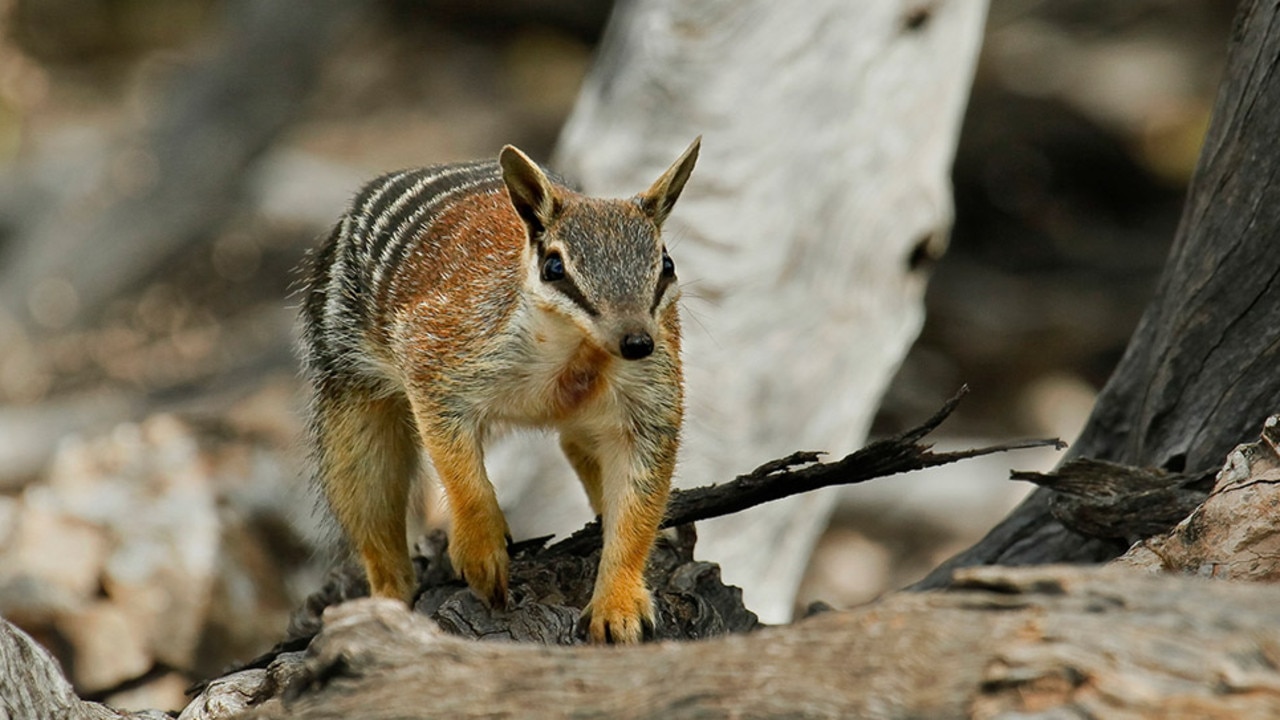Aussie park you can see ‘extinct’ animals
An Australian national park has opened its doors to tourists to get a glimpse of native species that are locally extinct but survived in small numbers elsewhere.

Tourists and Aussies alike will now be able to see local animals that became extinct at Nungatta in South East Forest National Park.
A 25km-long feral-proof fence now surrounds the area with visitors only allowed to walk around the edge. But plans to allow curious walkers inside are set for later this year.
In the 2000-hectare park will be native species that are locally extinct but survived in small numbers elsewhere, giving them a second chance.
National Parks and Wildlife Service has to develop and install gates that will let walkers in, while keeping predators outside.

More than 40 remote cameras will constantly monitoring the area, to detect any potential incursions by feral animals such as feral cats or foxes.
According to the NSW Government, across Australia, feral cats alone are estimated to kill more than 1.5 billion native animals every year.
The critically endangered smoky mouse became the first species to be reintroduced into the area, in September 2024.


Since then, 79 smoky mice have been released and ecologists recently detected the first juvenile smoky mice known to be born in the area.
The long-footed potoroo, eastern bettong, eastern quoll and New Holland mouse are expected to be reintroduced in the coming years.

Nungatta, which is one of 10 feral predator-free areas established by the NSW National Parks and Wildlife Service (NPWS), is the first of its kind on the South Coast. It was chosen from more than 35 potential sites due to its suitable habitat for reintroduced species.
The program represents one of NSW’s most significant threatened species restoration initiatives, and is funded by the NSW Environmental Trust and NPWS.

“The opening of Nungatta demonstrates the Minns Labor Government’s commitment to protecting and restoring our environment, including native animals and their habitats,” Minister for the Environment, Penny Sharpe, said in a statement on Thursday.
“The team at National Parks along with the Saving our Species program has already successfully reintroduced the critically endangered smoky mouse, and with the fence now complete, Nungatta will be a safe haven to even more threatened species.”
Meanwhile, Yiraaldiya National Park, also on the list, has locally extinct native wildlife being reintroduced.
This includes eastern bettongs, koalas, long-nosed bandicoots, and the New Holland mouse. The New Holland mouse was presumed extinct in NSW until it was rediscovered in Ku-ring-gai Chase National Park in 1967.
“For this reason, there is no access to the park while the feral predator-free area is being established,” NSW National Parks and Wildlife Servicesaid on its site.
“Once complete, the park will open for sustainable visitor access and enjoyment, and educational and research opportunities.”





